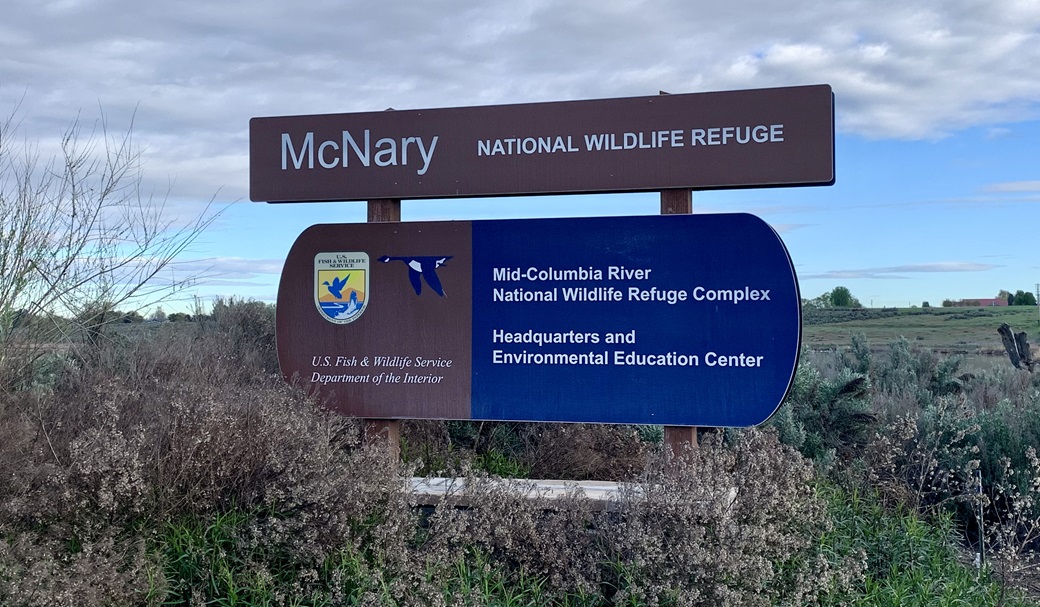
Although many think of the Pacific Northwest as a rainy with lush green forests, the region east of the Cascade mountains is characterized by dry sagebrush rangelands (shrub steppe). Much of that original habitat has now been lost to agriculture. However, the region’s dominant river — the Columbia River — which serves as the border for much of Oregon and Washington, also flows through these rangelands.
The river has been dammed for hydroelectric power in several places and those dams caused enormous changes along the Columbia River Basin, turning dynamic rivers into slow-moving lakes. To reduce some of the damage to native habitats, mitigation efforts were employed. In this context, mitigation refers to setting aside habitat in a different location to reduce the impact in the effected location.
Part of the mitigation for the McNary Dam was the creation of McNary National Wildlife Refuge. According to the U.S. Fish and Wildlife Service:
Established in 1956, McNary NWR was created to replace wildlife habitat lost to construction of the McNary Dam downstream. The 15,000 acres of sloughs, ponds, streams and islands — riparian and wetland habitat — as well as upland shrub-steppe and cliff-talus habitat are important to migratory waterfowl, shorebirds and songbirds. Few areas in North America support such dense concentrations of waterfowl; more than half the mallards in the Pacific Flyway overwinter at some time in this portion of the Columbia River Basin.
The refuge is located at the confluence of the Snake and Columbia Rivers and one of my eBird tracks showing the region surrounding the refuge is below. The refuge preserves land along the river as well as ponds and wetlands. As the image shows, it is an island of protected habitat in a sea of urban sprawl and agriculture. The refuge has more than 10,000 eBird checklists and 286 species have been observed by approximately 1,100 eBirders.
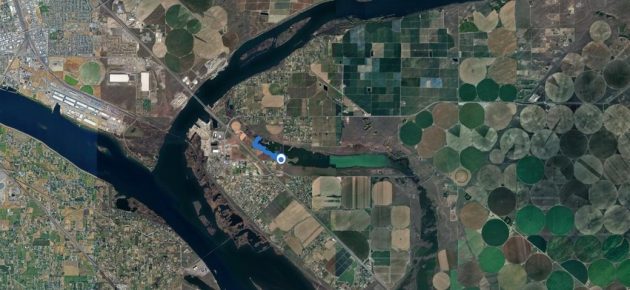
McNary NWR has a fine Visitor and Environmental Education Center perched above ponds and wetlands. Several trails begin at the visitor center, which also has a viewing platform.
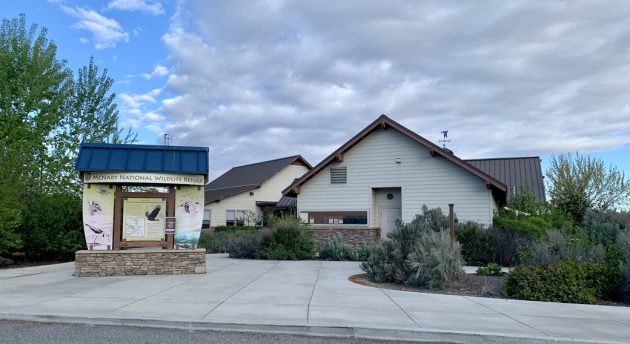
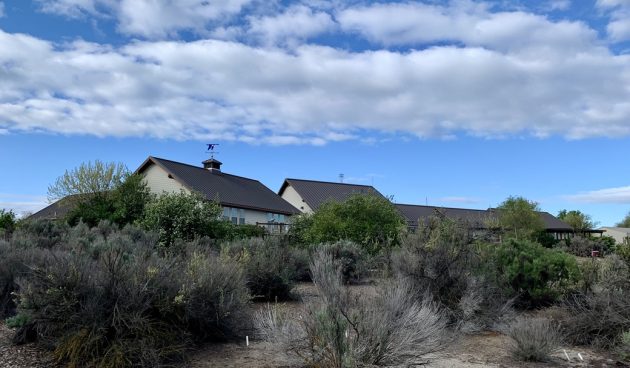
The most popular of the ten eBird hotspots is McNary NWR–Headquarters/Quail Trail, which does indeed feature California Quail, as well as Yellow-Headed Blackbirds and numerous other species.
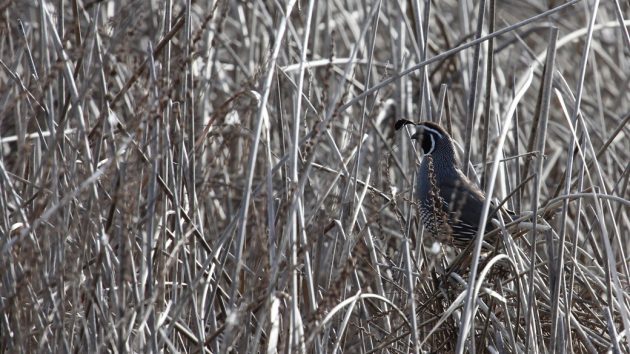
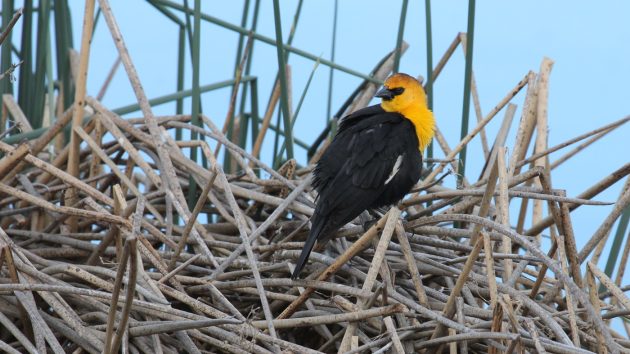
In April, when I recently visited, there are huge flocks of Snow Geese, with the occasional smaller groups of Canada Goose, Cacking Goose, and Greater White-Fronted Goose. There were many other species of waterfowl, including a large number of Ruddy Ducks. (My eBird checklists are here and here.)
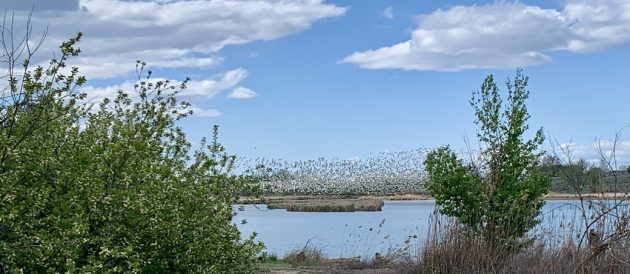
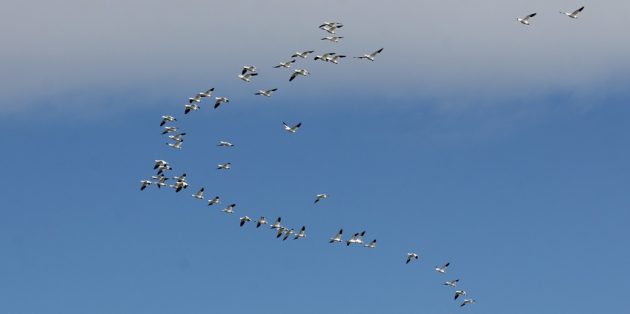
The trail circles wetlands and ponds, providing good views of a number of different habitats. Along the way, Marsh Wrens flitted in the cattails, Caspian Terns noisily passed overhead, and an Osprey hunted over the water.
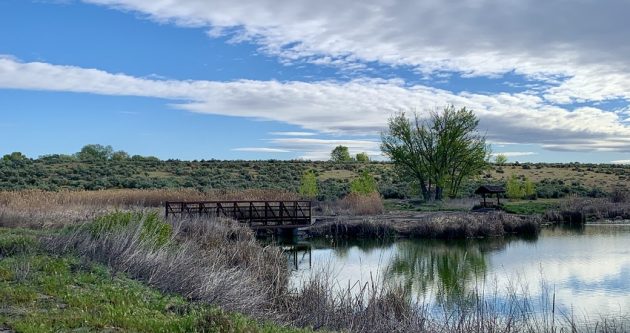
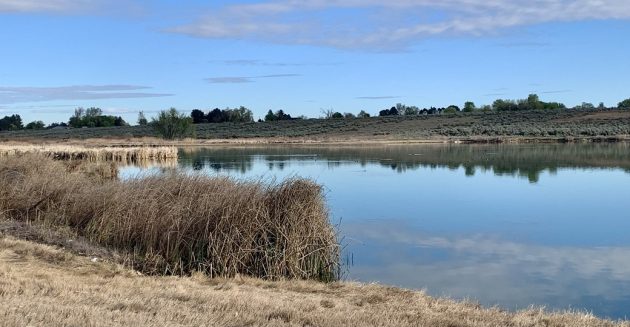
National Wildlife Refuges provide valuable habitat for birds and other animals, and because they are protected that habitat persists despite increased urbanization and agriculture. Plus, they offer excellent birding.
Learning something about the establishment of individual refuges can be illuminating. Detailed information regarding a specific refuge can be obtained in its Comprehensive Conservation Plan. Of course, birders can support NWRs by purchasing a Federal Duck Stamp every year and visiting NWRs supports local economies.
The region also has a few additional NWRs, and eBird checklists from nearby Cold Springs and Umatilla NWRs are here, here, and here.
Cold Springs NWR is in Oregon and Umatilla NWR has units in both Washington and Oregon. Cold Springs NWR — established by President Theodore Roosevelt on February 25, 1909 — was one of the first refuges in the western United States. Like NcNary, both of these refuges provide habitat among the agricultural fields for substantial numbers of waterfowl. The image below is from Cold Springs NWR.
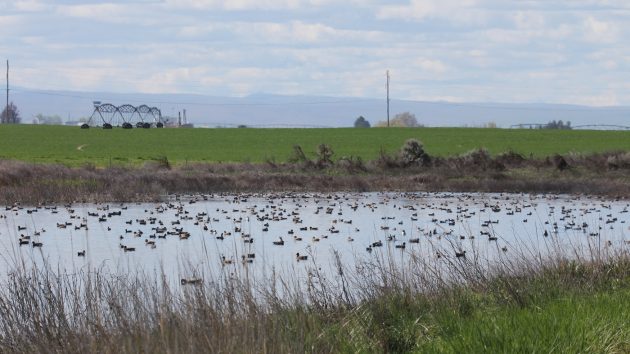


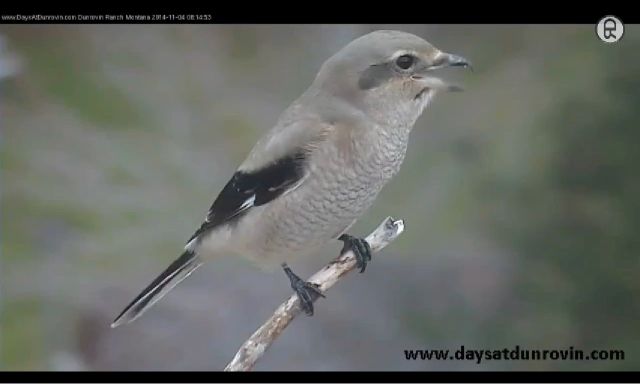

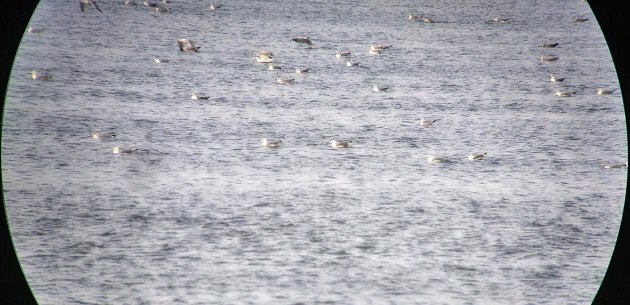

 New writers welcome – please contact us for details.
New writers welcome – please contact us for details.

















Leave a Comment